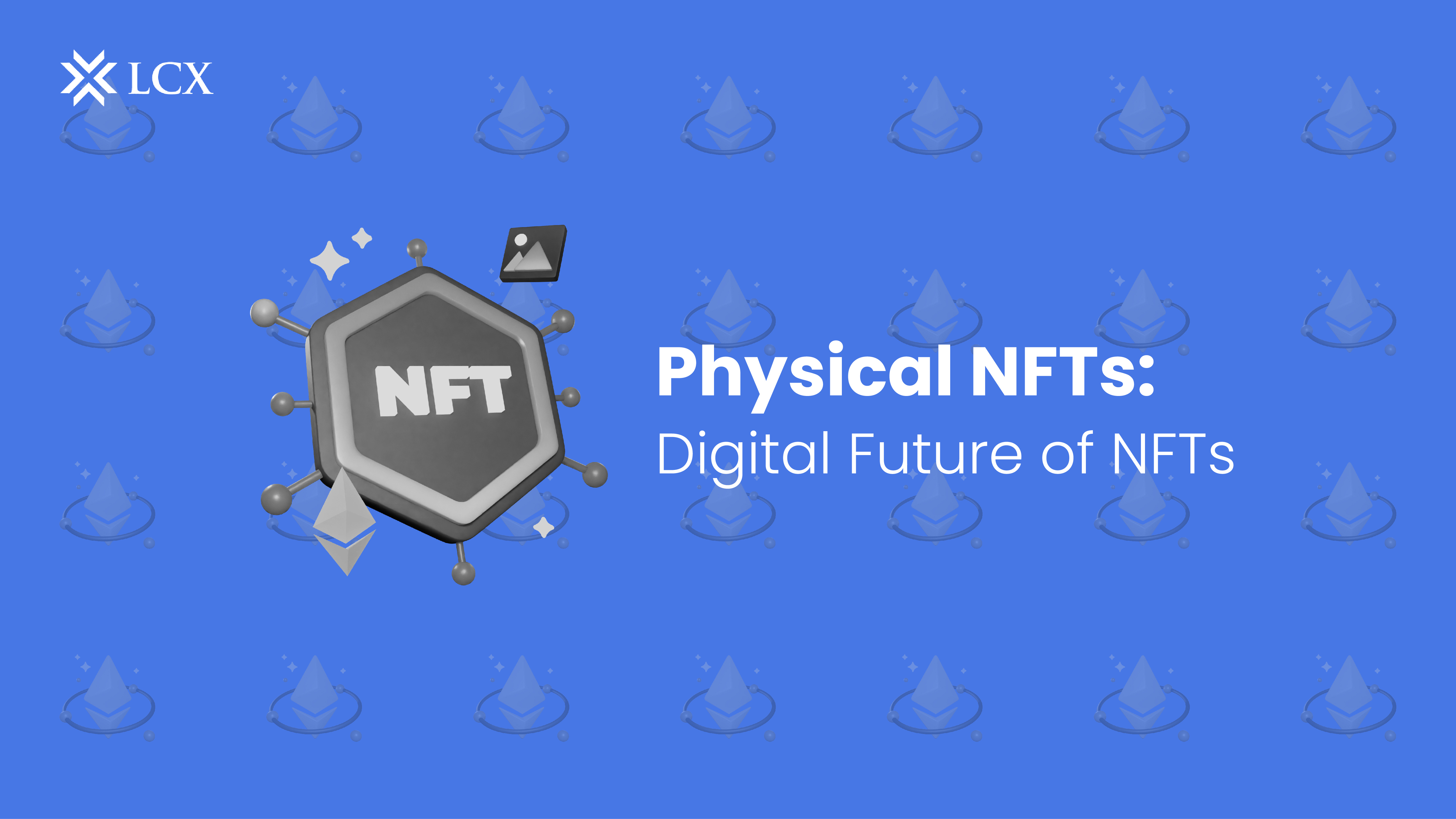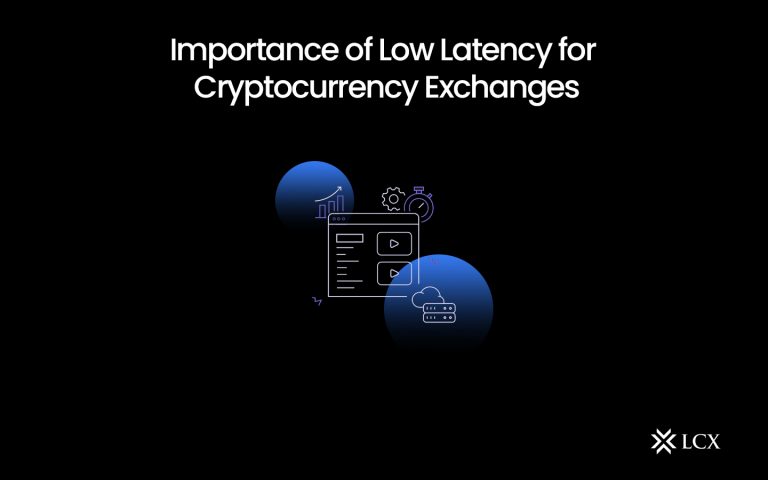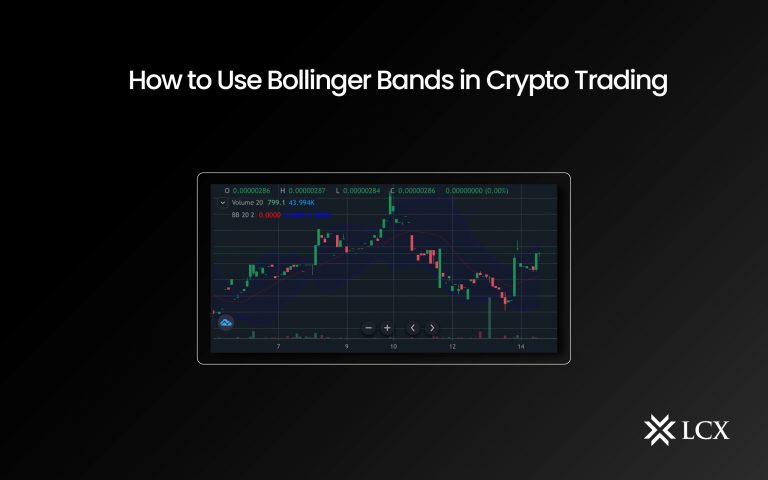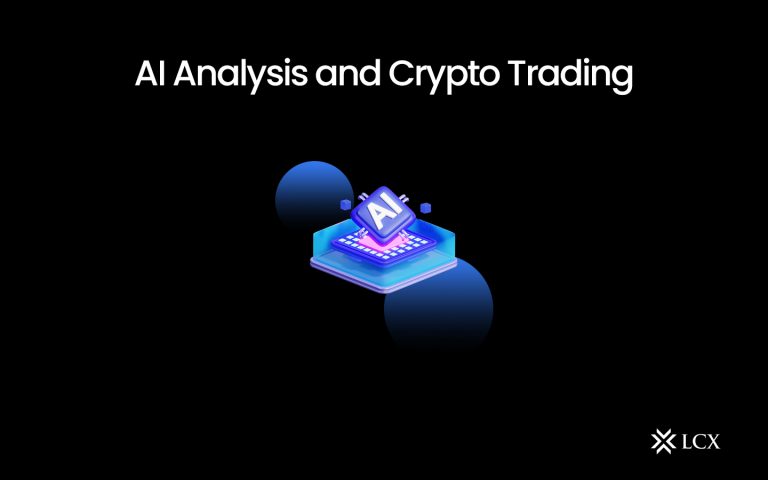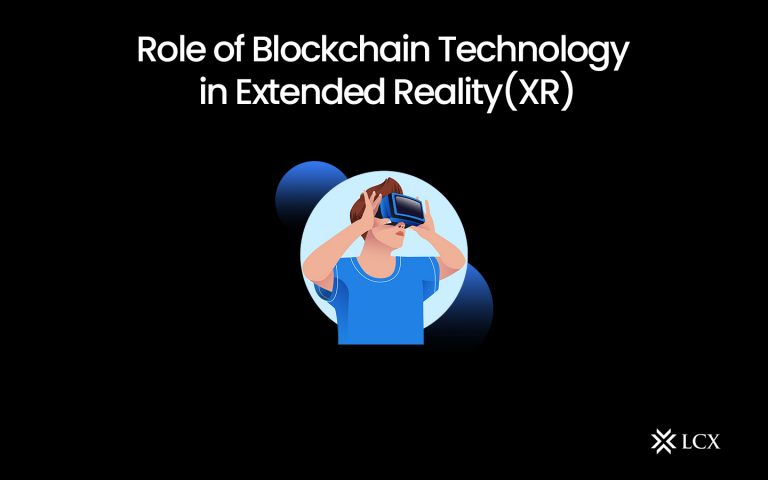After taking over the art and gaming markets, now an additional form of NFT is coming up: “Physical NFTs.” Physical NFTs are real-world items that are authorized using blockchain technology, unlike digital NFTs, which are essentially digital files stored on a blockchain. While digital assets like art, collectibles, and in-game items are prevalent applications for NFTs, physical NFTs are gaining traction in the mainstream. Popular brands such as Adidas, GAP, and Nike have launched NFTs that correspond to tangible clothing items. And internationally renowned artists such as Beeple and Damien Hirst have created physical representations of their NFT art.
What Are Physical NFTs?
NFTs are, in the simplest terms, cryptographic tokens that represent a variety of unique digital assets. Since they are stored on a blockchain, NFTs can serve as verifiable evidence of legitimacy and ownership for all types of assets.
Physical NFTs are digital tokens that are linked to physical assets. These assets, also known as physical NFTs, combine the digital and physical and can be used to demonstrate ownership over real-world assets such as artworks, fashion merchandise, property deeds, tickets, and more.
How Do Physical NFTs Function?
The NFT is a digital token that exists on a blockchain, such as Ethereum’s. On this record, the token will comprise all information associated with the asset that it represents. This information includes the owner, value, and other relevant details.
To link the non-fungible token to its physical counterpart, a unique identifier is required. This could be a QR code or a microchip embedded in a card. Whenever we modify the token’s details, such as when we purchase or sell it, the corresponding physical token will be updated accordingly. The amended information is also reflected in the metadata of the digital token.
In this manner, physical tokens bridge the gap between the physical and digital realms. As non-fungible tokens grow in popularity, they may emerge as the ultimate form of ownership. They enable owners to easily and securely track their assets. It is a thrilling development in the world of blockchain that has the potential to transform how people own and manage physical assets. All of these distinguish physical NFTs from traditional tokens by providing a tangible proof of proprietorship for physical items.
How Are Physical NFTs Used?
Prevent the sale of duplicate products: A major advantage of tangible NFTs is their ability to demonstrate authenticity and provenance. Physical NFTs can be a valuable tool for consumers and manufacturers in a world where many physical products can be easily counterfeited.
Businesses can link the serial numbers of their products to NFTs or connect the physical item to an NFT using NFC technology or a QR code, enabling the physical product’s authenticity to be verified and its history to be tracked. Since the blockchain contains a record of these digital assets, tampering or forgery become nearly impossible.
Transparency: The process of browsing for pre-owned collectibles can be difficult to navigate on occasion. This is especially true when they lack a clear comprehension of the price history and market value of a used item. A NFT associated with these items can provide purchasers with a comprehensive view of the item’s transaction history.
Enhance personal experiences: NFT memberships are currently used as keys to gated online communities where members have access to an extensive variety of virtual experiences, exclusive information, and exclusive privileges. Physical non-fungible tokens can function similarly, but their value can be wholly based on the real world.
Assist brands in expanding their target audience: In the past decade, there has been a significant transition in consumer behavior, with each successive generation becoming more digitally inclined. Big merchants such as Franck Muller, Nike, Tiffany’s, and others are integrating NFTs with their physical counterparts to appeal to digital natives and expand their demographic reach.
Tiamonds are an example of physical, non-fungible tokens. Tiamonds represent 1-1 ownership rights of real-world Diamonds and are accompanied by TIA Tokens as a reward via the “Own to Earn” model.
More Information: https://tiamonds.com/
Revenue Generation: Non-fungible tokens provide the opportunity to generate revenue by monetizing customer engagement with unique, one-of-a-kind digital assets that have actual value as collectibles. Additionally, they can create digital products that consumers can purchase and sell on marketplaces.
Conclusion
With the evolution of blockchain technology and Web3, physical NFTs have the potential to help bridge the gap between our digital and physical lives by altering how we interact with physical objects. Physical NFTs are digital assets that are physical objects that have a unique digital identity stored on a blockchain. This digital identity acts as a certificate of authenticity, verifying the ownership and authenticity of the physical object.
